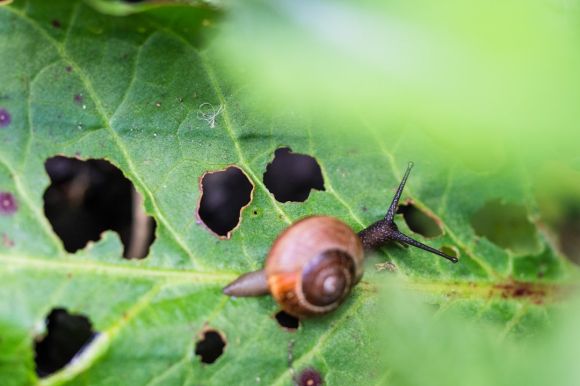Pests can be a nuisance and can cause damage to our homes and gardens. That’s why many people turn to pest control measures to keep these unwanted visitors at bay. However, there is a fine line between effective pest control and overdoing it. In this article, we will explore the signs of over-pest-control and how to avoid them.
The Importance of Balance
Pest control is all about finding a balance between eliminating pests and maintaining a healthy environment. It is crucial to remember that not all insects are harmful. In fact, many play important roles in our ecosystems, such as pollinating plants or controlling other pests. Therefore, it is essential to only target specific pests that pose a threat to our health or property.
Excessive Use of Chemicals
One of the most common signs of over-pest-control is the excessive use of chemicals. While pesticides can be effective in controlling pests, using them excessively can have detrimental effects. Overuse of pesticides can harm beneficial insects, contaminate water sources, and even pose health risks to humans and pets. It is essential to follow the instructions on the pesticide label and use the recommended amount.
Decline in Biodiversity
Another sign of over-pest-control is a decline in biodiversity. When we excessively eliminate pests, we disrupt the natural balance of ecosystems. This can lead to a decrease in the population of beneficial insects, which can have cascading effects on other organisms in the food chain. It is important to remember that a diverse ecosystem is more resilient and better able to regulate pest populations naturally.
Resurgence of Pests
If you find that pests keep coming back despite your pest control efforts, it may be a sign of over-pest-control. When pests are constantly exposed to the same chemical treatments, they can develop resistance over time. This can lead to a resurgence of pests that are more difficult to control. To avoid this, it is important to rotate different pest control methods and not rely solely on chemical pesticides.
Negative Impact on Non-Target Species
Over-pest-control can also have a negative impact on non-target species. Chemical pesticides are not selective and can harm beneficial insects, birds, and even small mammals. For example, the use of certain pesticides has been linked to the decline in bee populations, which are crucial for pollination. It is important to choose pest control methods that target specific pests while minimizing harm to non-target species.
Environmental Damage
Another sign of over-pest-control is environmental damage. Excessive use of chemicals can contaminate soil and water sources, leading to long-term damage to ecosystems. It can also harm plants and other organisms that are not the target of the pest control measures. To minimize environmental damage, it is important to explore alternative pest control methods that are less harmful to the environment.
Conclusion
While pest control is necessary to protect our homes and gardens, it is important to find a balance and avoid overdoing it. Signs of over-pest-control include excessive use of chemicals, a decline in biodiversity, a resurgence of pests, negative impact on non-target species, and environmental damage. By being mindful of these signs and adopting sustainable pest control practices, we can effectively manage pests while preserving the health of our environment.





